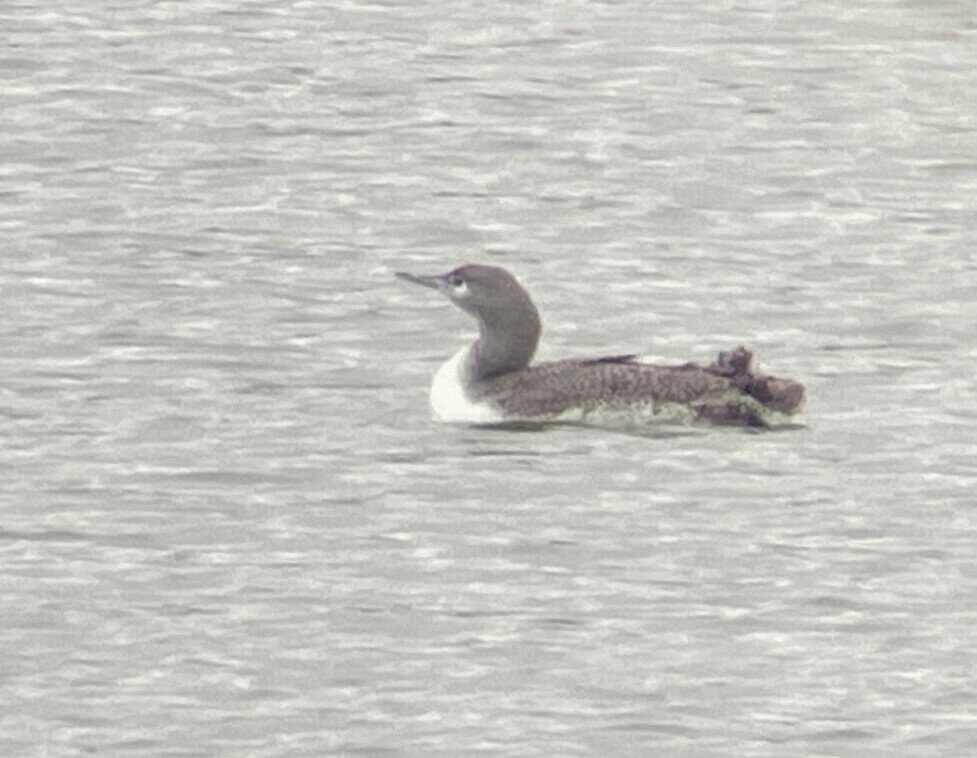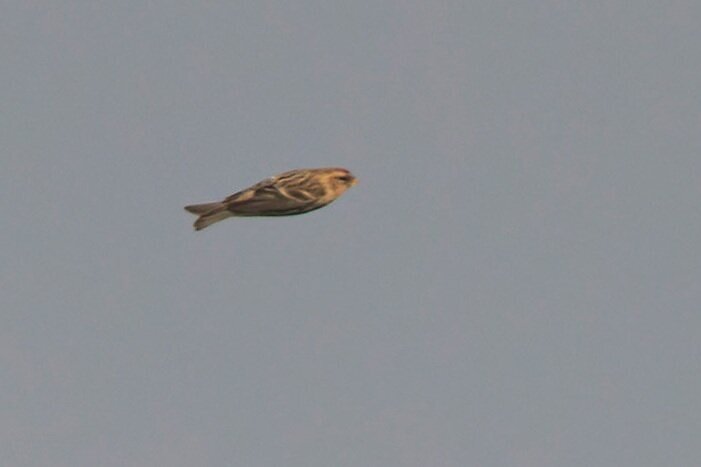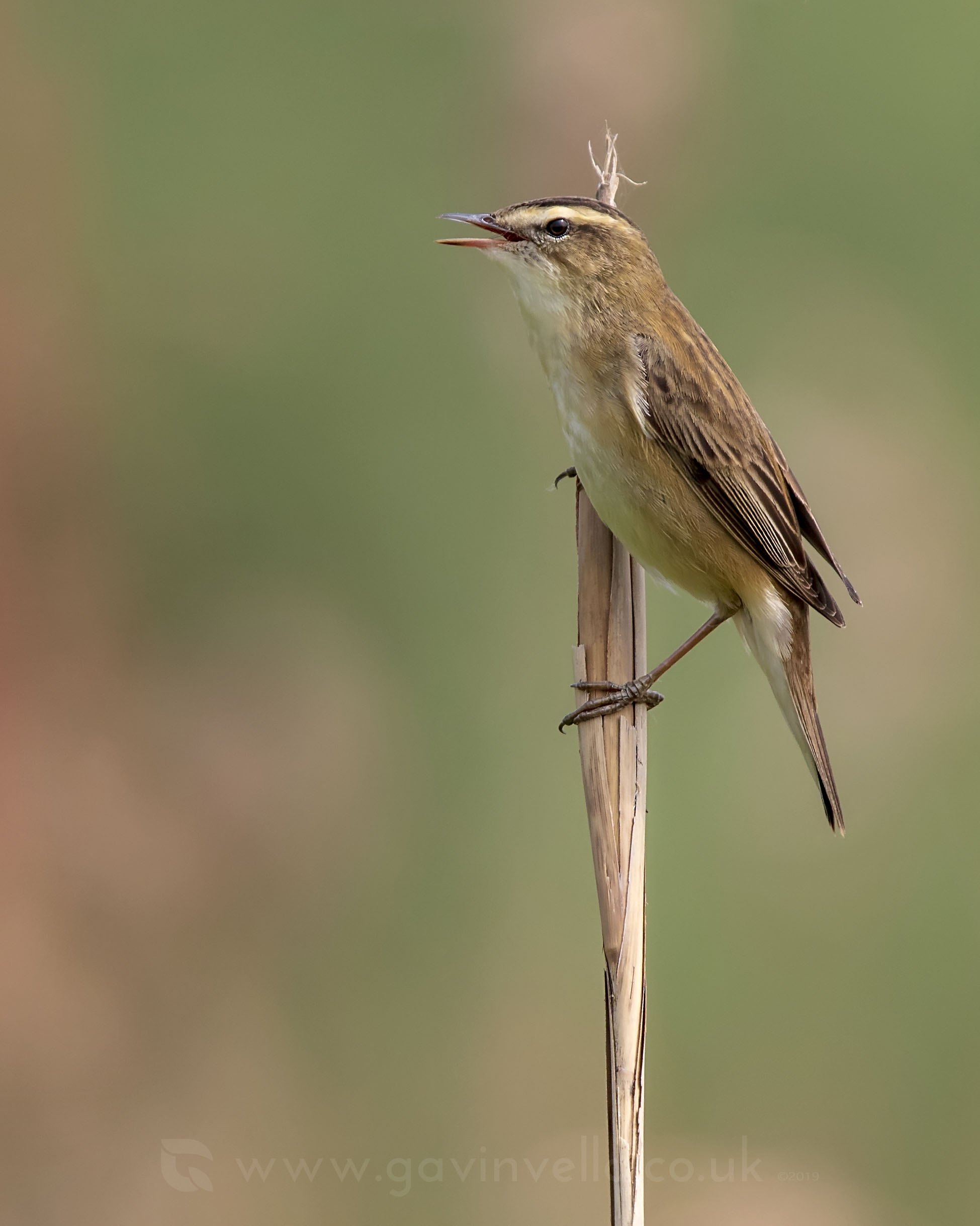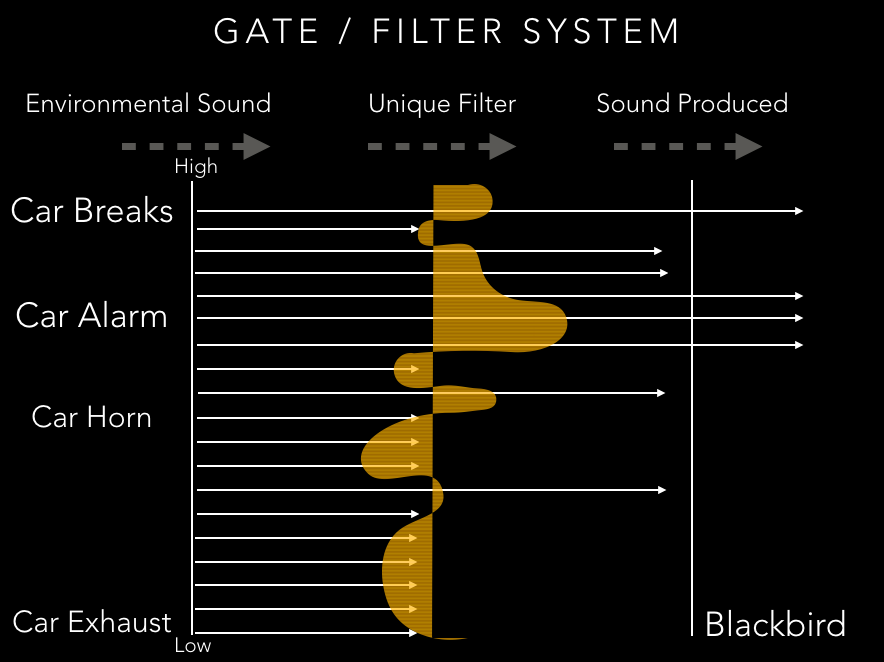It’s been another random month so far, with Lockdown restrictions disrupting day-to-day lives yet again. There seems to be a lot more uncertainly this time around, with localised restrictions. Especially for people who live on the edge of county boarders who aren’t able to travel under a mile in one direction, yet people from the other-side of the country can travel there no problems . Well of course all that’s changing now, and about time it was really as it’s no longer about everyone being in the same boat, it becomes a little bit more about pot-luck as to where you live, as people living on the board-line will feel these restrictions even more frustrating. Of course it’l all be worth it in the long run, so long as everyone plays their part and doesn’t stretch things too far. Though I do think if the Government acted faster in the first place, they may have been able to avoid a second outbreak entirely.. I’m lucky that my Job gets me out of the county a little, whilst my survey work on the gwent levels continues. Here are some photos of a very mixed autumn so far. Not much on the photography side of things but I’m fine with that as it’s meant spending more time birding, sound recording and generally just being outdoors and learning more about the natural world.
Nocmig
This has been thee month for Nocmig recordings it would seem, as the winter thrushes arrive, the time spent going thru my nocturnal recordings has almost tippled, largely due to the sheer quantity of Redwing but also because the winds are up, and my neighbours wind chimes make it even harder to pick out the birds.
I’m trying to not let it get to me though as I’m as determined and committed as ever to these recordings.
It’s truly amazing what you get over your house at night. So far this month I’ve had a total of 686 Redwing, 118 Song Thrush, 37 Blackbird, 4 Fieldfare, 8 Robin, 5 Dunlin, 1 Wigeon Flock, Grey Heron, Curlew and I’m yet to total up the amount of Goldcrest calls as I had a huge movement of them in one night, made difficult to count due to wind chimes. Bare-in-mind that these numbers are only the birds that call. If you’ve ever watched a flock of Redwing fly over, you might only get one or two actually call in a flock of 70 birds, so the sheer number of Redwing flying over to get a total of 686 calls, is quite staggering and this is just the beginning of migration season.
I almost forgot that at the end of last month I also had a few Plovers, with Golden and Grey Plover and by far my favourite was 2 Barn Owls! Since they dug up my local fields for housing, I did wonder if we’d ever see them again as they used to breed here. These are just migratory birds though I believe, either young birds looking for new territories or adults seeking warmer climates for the winter.
Birding
I had hoped for a Yellow-browed Warbler this autumn, with a hope of getting a recording of that iconic call they make, but the only local bird found, was by Steve Preddy in Newport, which of course is out of county and despite working in Newport, this would have been for total pleasure and not work.. :) So i’ll just have to keep my ears out for my own, or wait till next year. Llandegfedd Reservoir has seen some nice birds though, which is about time, it’s been quite poor this year really for rarities. On the same birding trip with Craig Constance, soon after getting out of the car, Craig latches eyes on a Red-throated Diver which just dived, which I confirmed for myself once it emerged from the water. Before I even had time to lock the scope onto the Red-throated Diver he spots a second rarity in the form of a female Red-breasted Merganser! He was on a roll that morning for sure lol. Below are some phone pics thru my scope. Talking about phone pics, here are some more Phone-scope pic from not 1, but 13! Ring Ouzel in Blaeavon last week. Craig and I also had a run in with a ‘Mealy Type’ Common Redpoll that landed at our feet to feed up the British, but continued north up onto the moorland.
Sound Recording
Below are a few calls that you’ll only hear in the autumn and winter time really. A flock of Fieldfare, and also a small feeding flock of Redpoll. Both were quite windy but nice to get recordings either way of a new species.
I’m continuing to record as much Robin’s as I can this winter, 1. because it’s my form of bird therapy, and reminds me of spring and 2. because I’m intrigued to see if I can spot any different dialects, or any mimicking phrases they might possess.
For example, this bird I recorded on the Gwent Levels, does a fantastic job at interjecting a Blue Tit song, within it’s own phrase. This is quite a popular way of using mimicry in birds with complex songs, as in order to stand out from their rivals, they need more material to work with, so interjecting random sections of songs from other species of birds, makes their own song sound more elaborate and therefor, more appealing. It also demonstrates their ability to listen, learn and perform difficult tunes that fall outside of their typical vocabulary. Listen to that third phrase and see if you can hear it for yourself.
I’ve also been continuing to record water sources, that I intend on using to create a nature album. I hope to sell this album on In Our Nature CIC’s website, so that people who might be stuck indoors or are suffering from mental health issues, can bring the sound of nature into their homes. We’re offering a number of different activities at In Our Nature CIC, but one that I’m particularly excited about is our Sound Walk. Be sure to join our facebook group and keep informed about upcoming projects.
I’ll end with a distant pic of this female Marsh Harrier from my dusk survey near Magor Marsh this week.













































